In 2022, the Texas Department of Transportation reported over 86,000 rear-end crashes across the state. Rear impacts are one of the most common collision types, and your bumper is your first line of defense.
If you drive a Toyota, upgrading your rear bumper isn’t just about looks. It can mean better safety, stronger towing capacity, and a longer lifespan for your vehicle. Let’s break down five reasons why upgrading your Toyota rear bumper makes sense.

1. Improved Safety in Rear-End Collisions
Stock Toyota rear bumpers are often made with thin steel or plastic covers. They’re designed to absorb some impact, but in a serious crash, they bend or crack quickly. Aftermarket rear bumpers made from heavy-gauge steel or aluminum distribute force better and reduce body damage.
A reinforced bumper can prevent costly repairs to your tailgate, frame, or exhaust system. If you commute in high-traffic areas like Houston or Dallas—where rear-end crashes are frequent—an upgrade gives you an added layer of protection.
2. Better Towing Support
If you haul trailers, boats, or off-road gear, your rear bumper plays a direct role in towing safety. Factory Toyota rear bumpers usually have lower weight ratings, limiting what you can safely pull.
Upgraded bumpers are designed with built-in hitches, recovery points, and higher towing capacities. For example, many aftermarket bumpers are rated at 10,000 lbs or more with proper equipment. That means fewer limitations when hauling in Texas, where towing is a daily reality for many drivers.
3. Off-Road Performance
Toyota trucks and SUVs—Tacoma, Tundra, and 4Runner—are built for trails. But stock rear bumpers often get in the way with low clearance and weak departure angles. An aftermarket bumper offers higher clearance and stronger recovery points.
This lets you mount accessories like a swing-out tire carrier or jerry can holder without compromising safety. In rugged areas like Big Bend National Park, these features are more than convenience—they’re necessities.
4. Durability Against Wear and Tear
Salt on winter roads in northern states or heavy mud during Texas rains can eat through factory bumpers fast. Aftermarket Toyota rear bumpers use powder-coated finishes or corrosion-resistant metals, lasting far longer than stock parts.
A 2021 AAA study found that corrosion from road salt costs U.S. drivers more than $3 billion a year in repairs. By upgrading, you’re cutting down future expenses and downtime from rust-related damage.
5. Enhanced Functionality and Style
An upgraded bumper isn’t just a slab of steel. It’s a functional upgrade that adds options. Many come with integrated LED lights, steps for easier access to your truck bed, or modular mounts for recovery gear.
You also get a design that matches your build—whether you want a low-profile clean look or an aggressive trail-ready setup. For many Toyota owners, that mix of utility and design makes the investment worthwhile.
Final Thoughts
Upgrading your Toyota rear bumper is about safety, performance, and long-term value. From reducing collision damage to improving off-road capability, the benefits are tangible. If you drive in high-traffic Texas cities or take your truck out on rough terrain, the stock bumper simply doesn’t hold up over time.
Looking for guidance on upgrading? Contact Lil B's Fabrication today. Our team specializes in custom fabrication and can walk you through your best options. We’re committed to building strong solutions, it’s about matching the right support to the right needs.

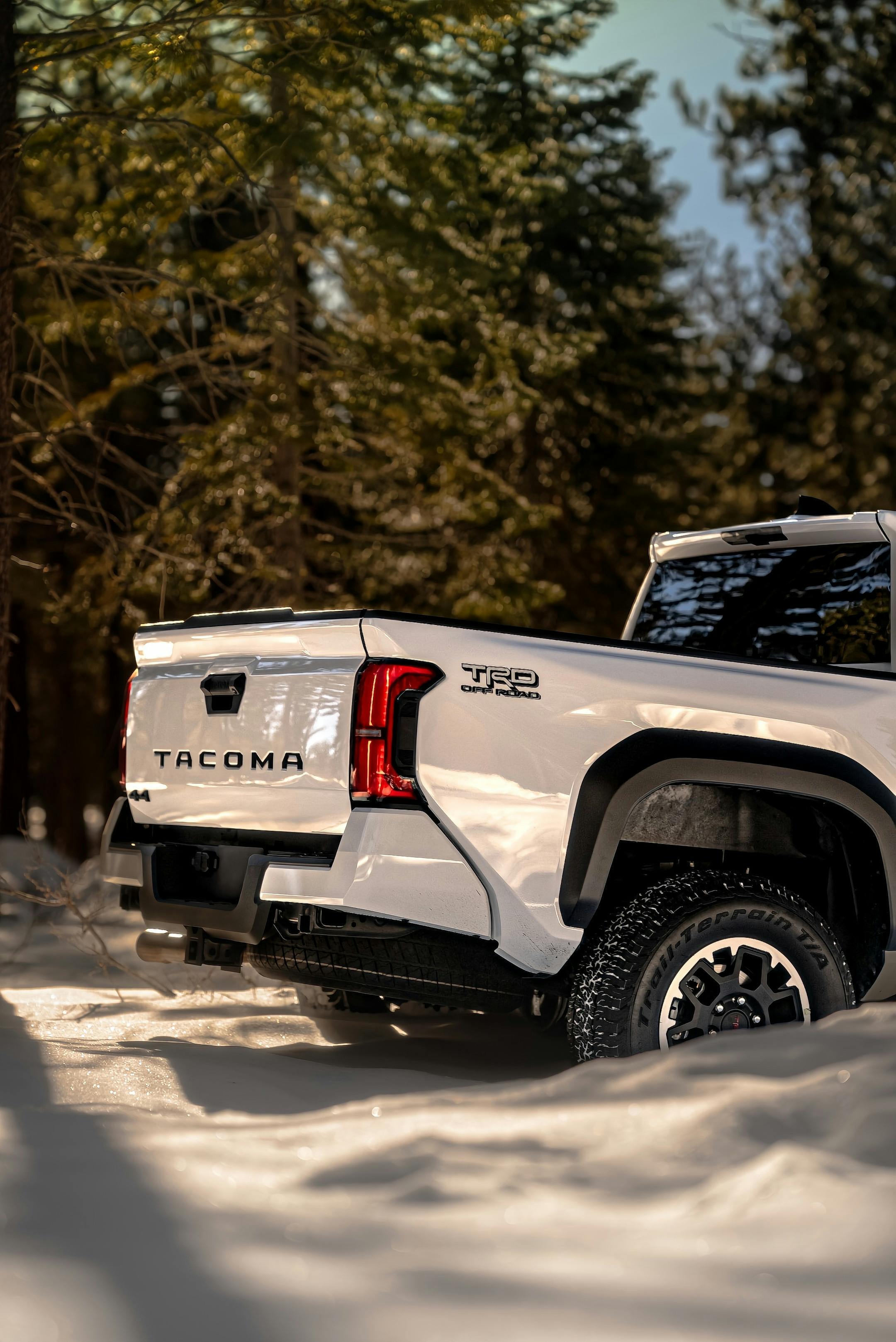
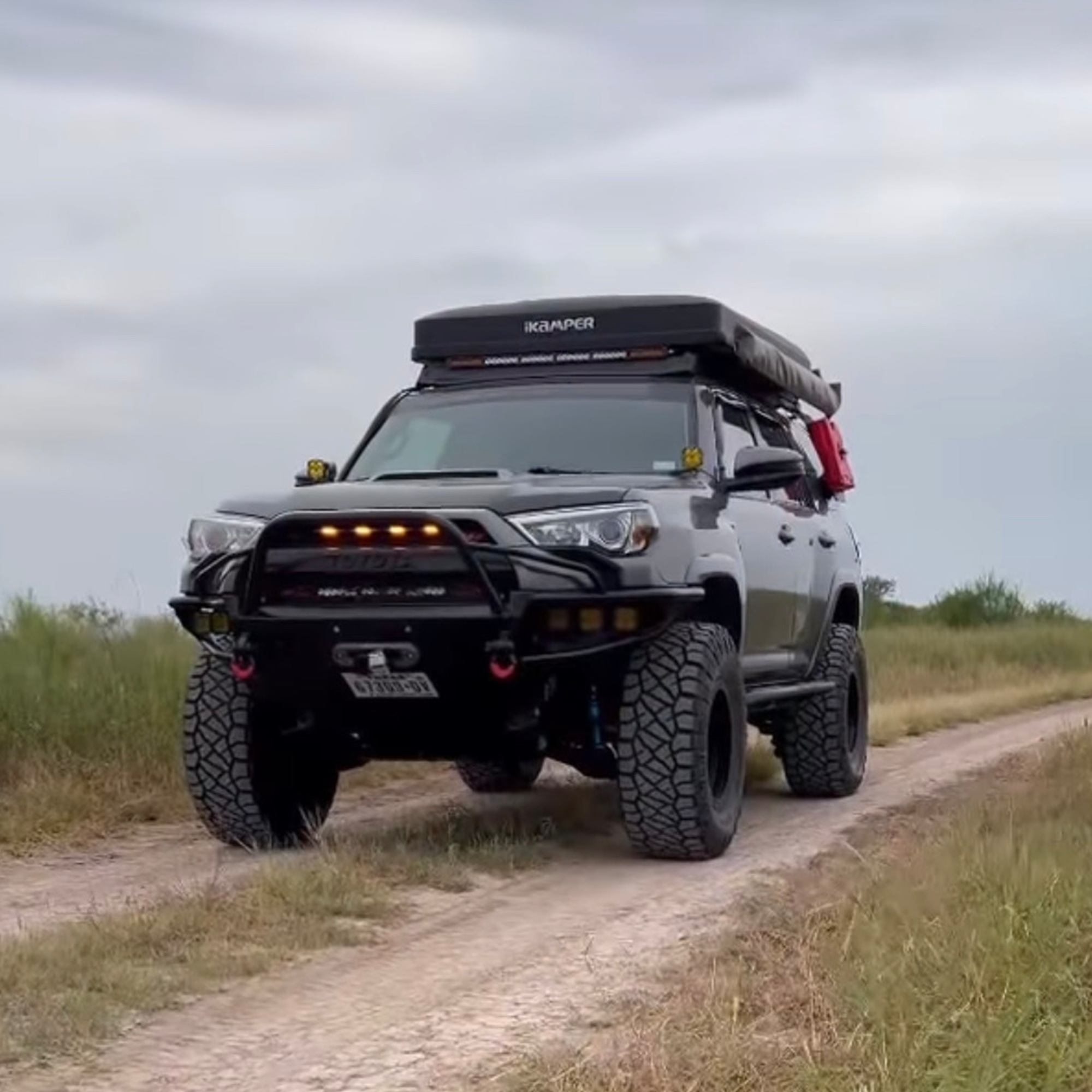
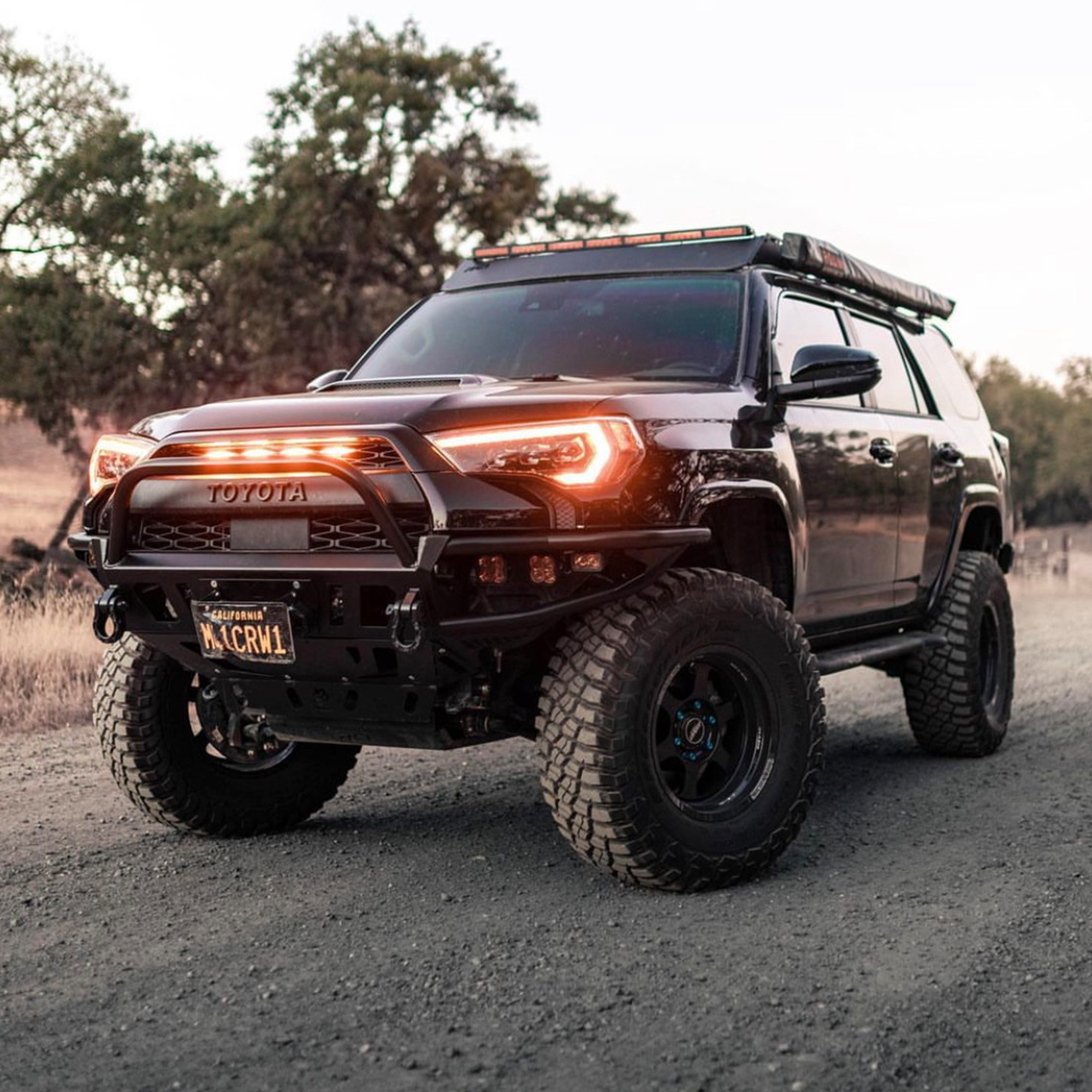

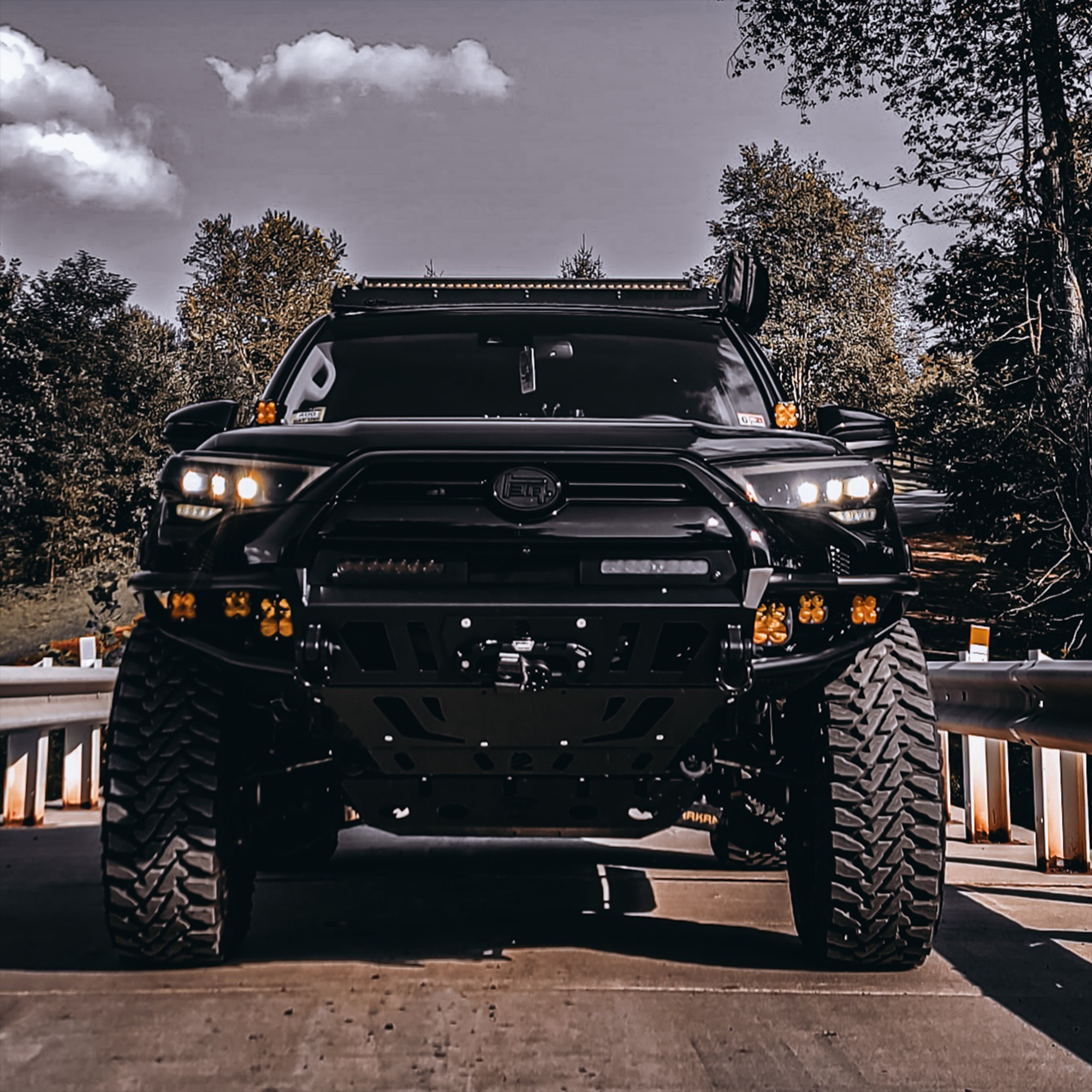
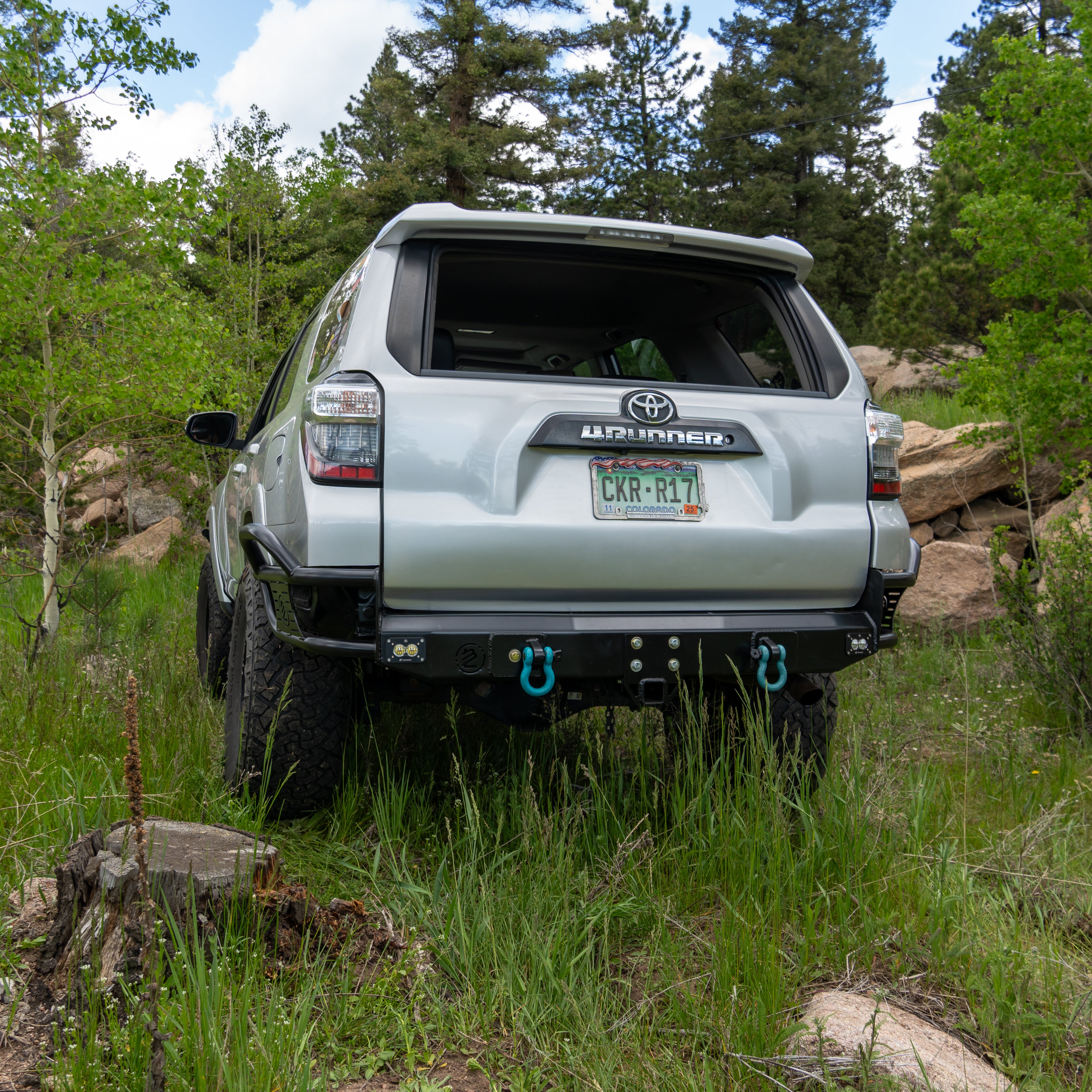
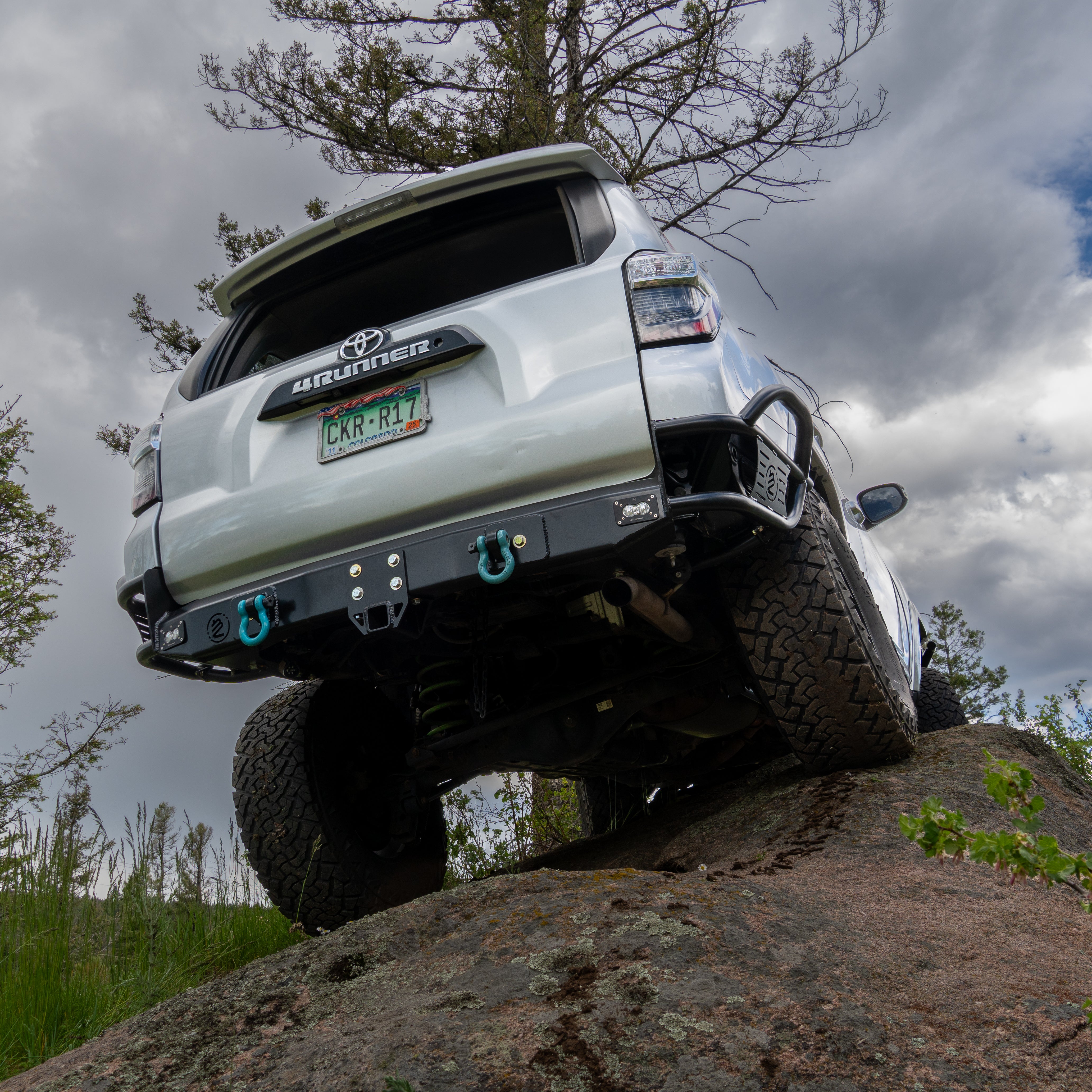
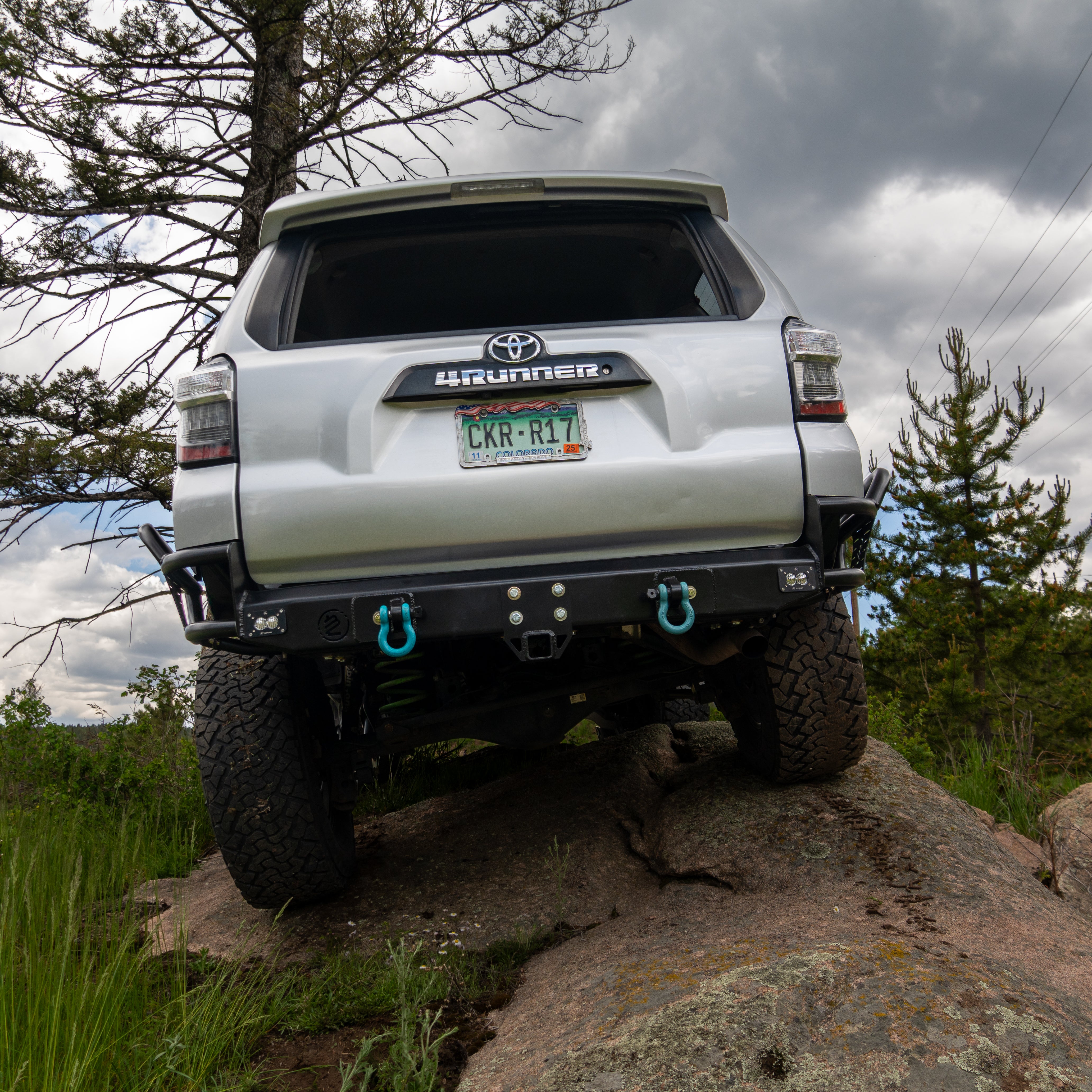
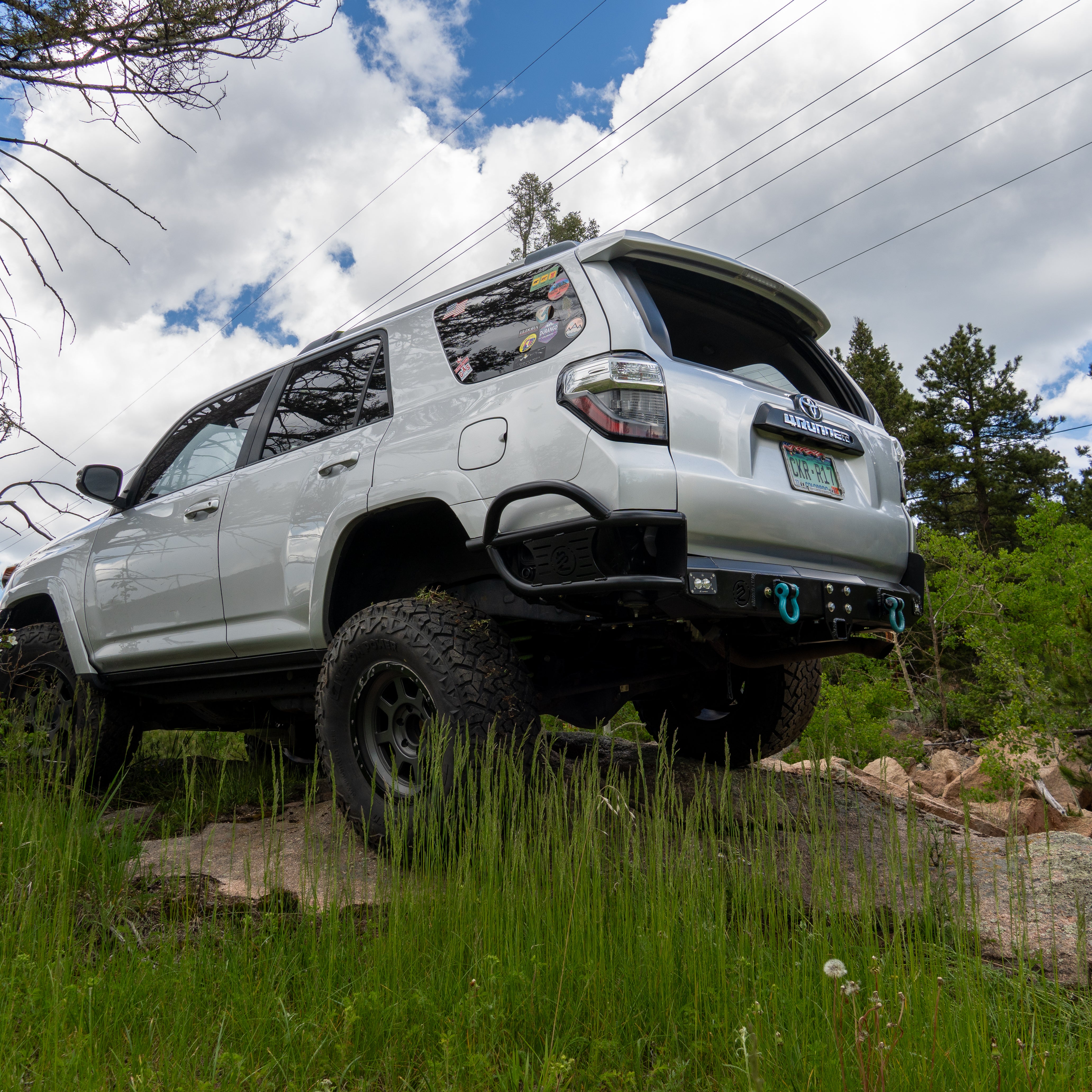

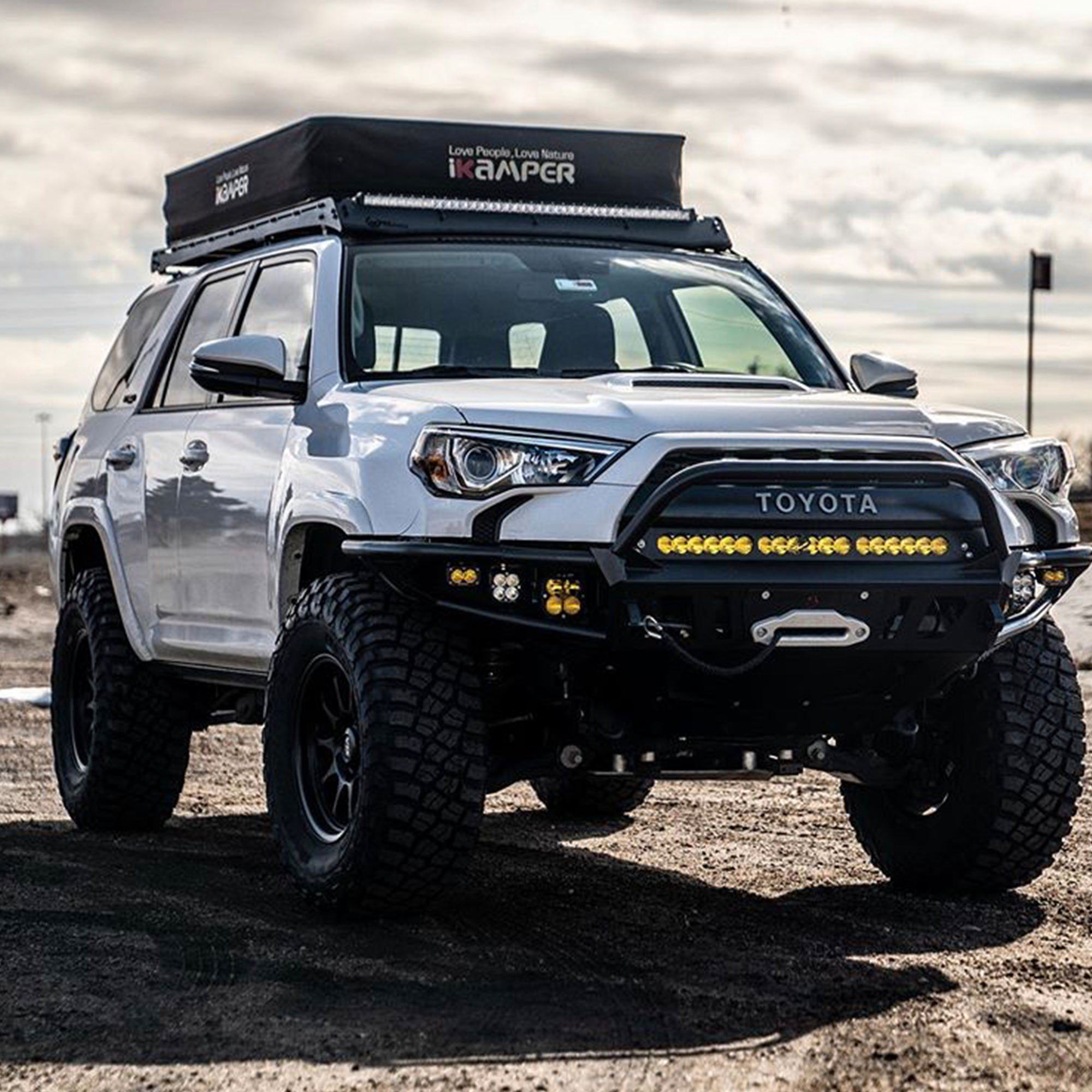
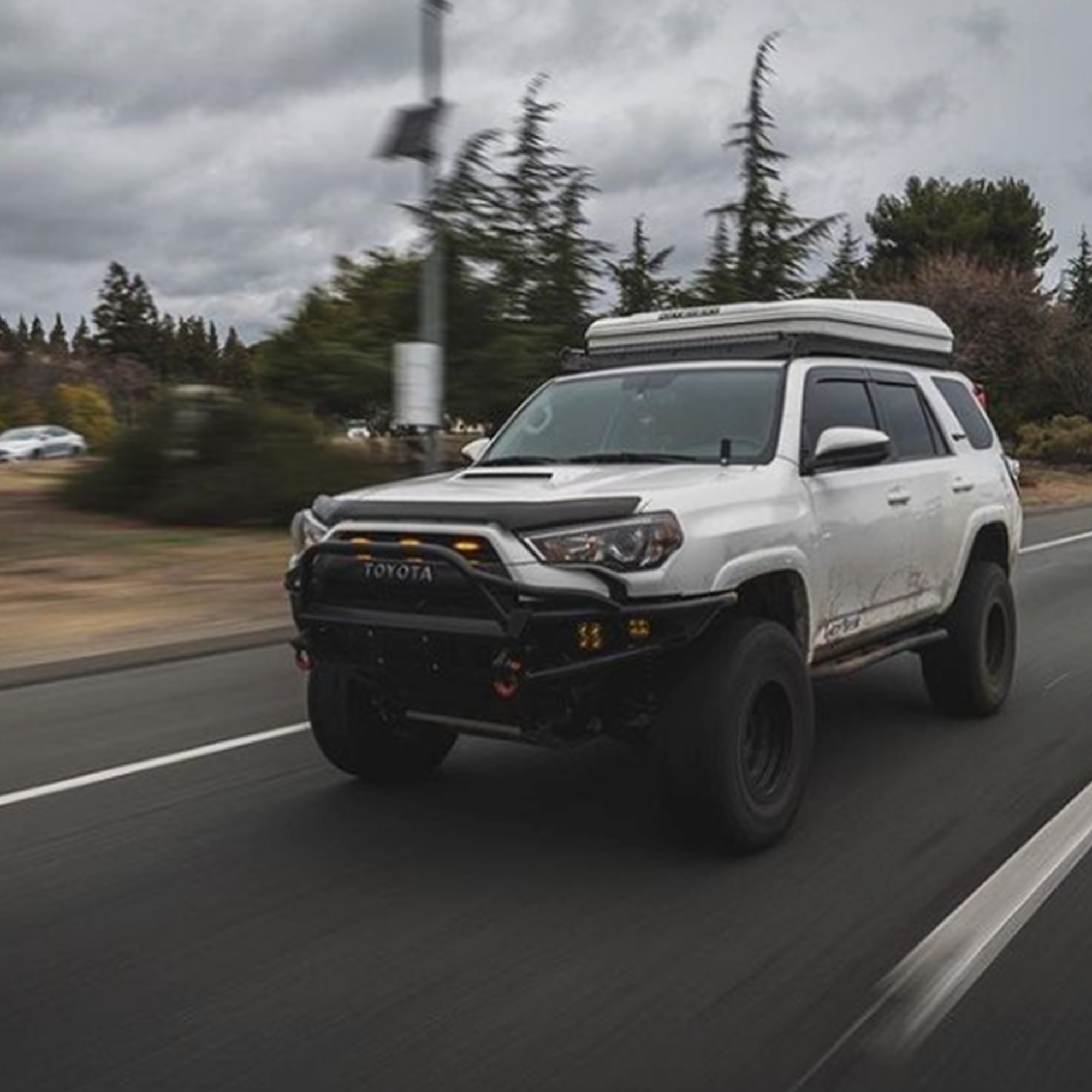

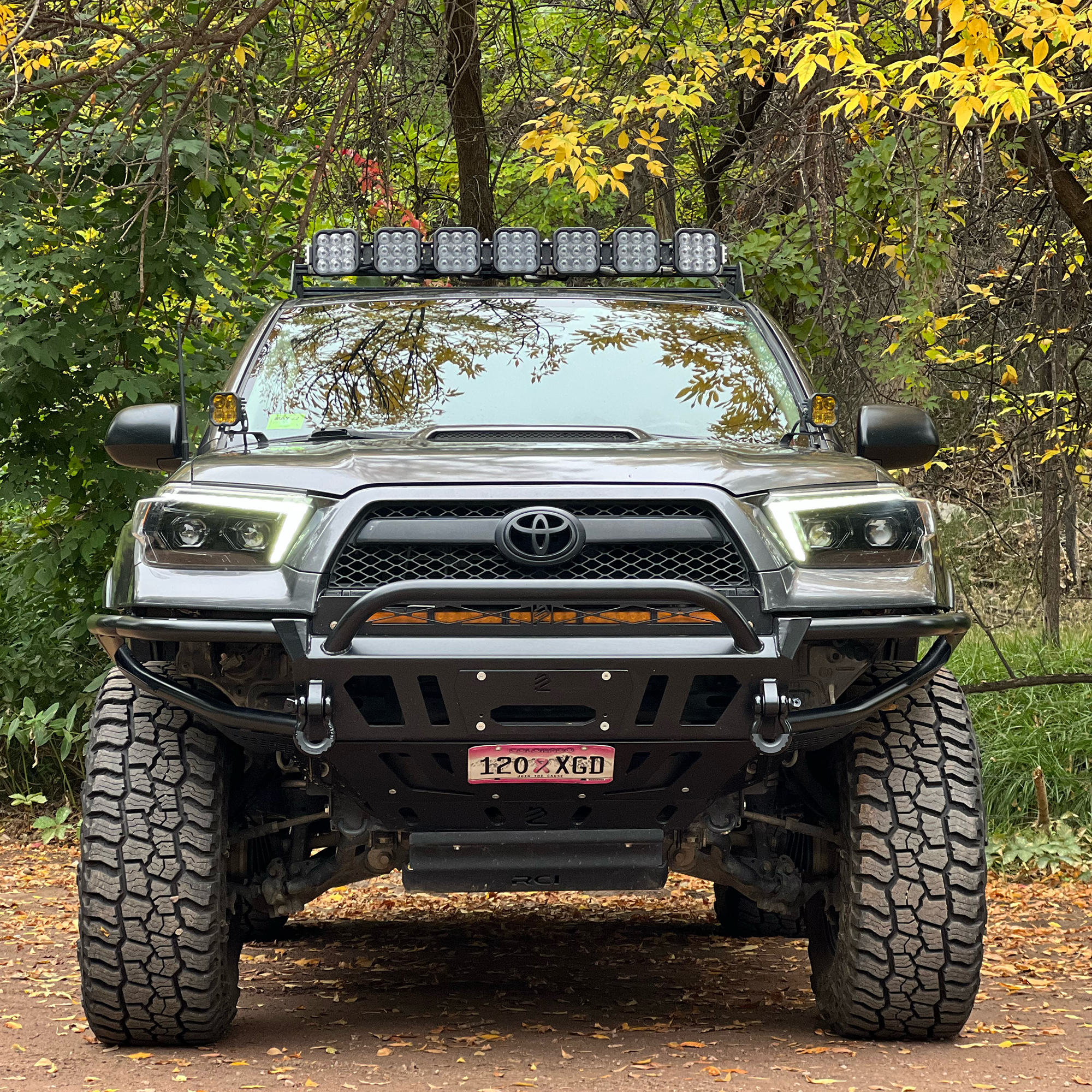
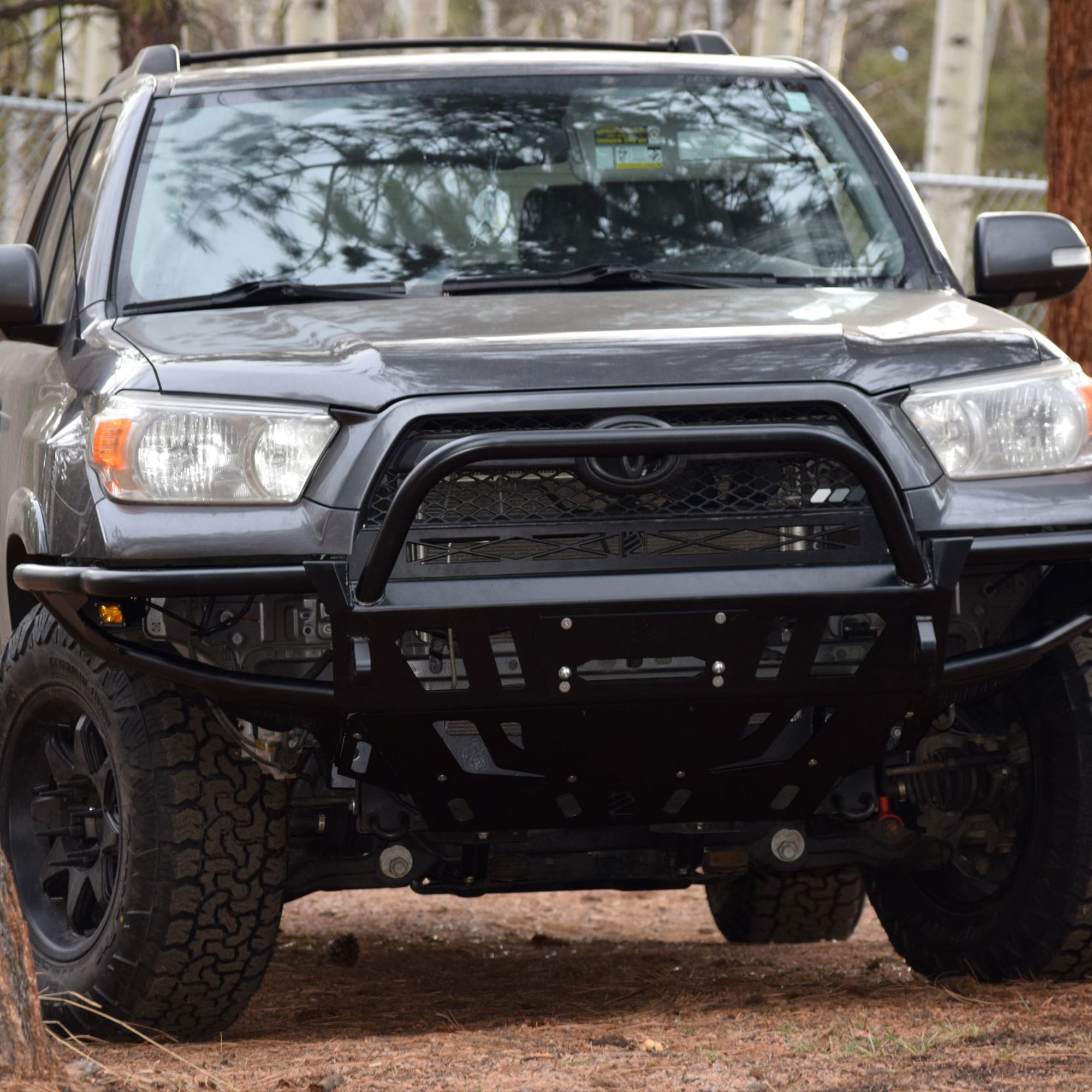
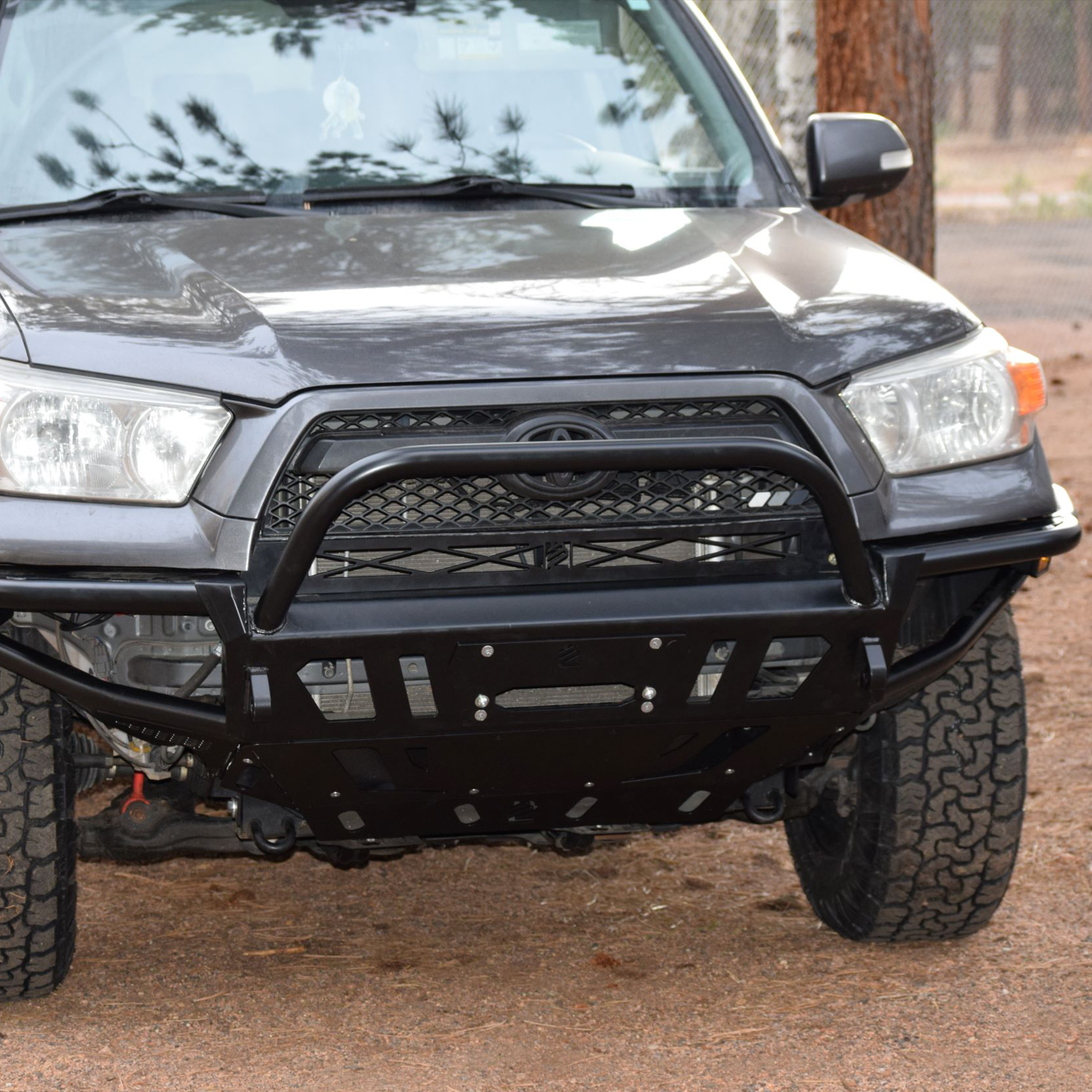
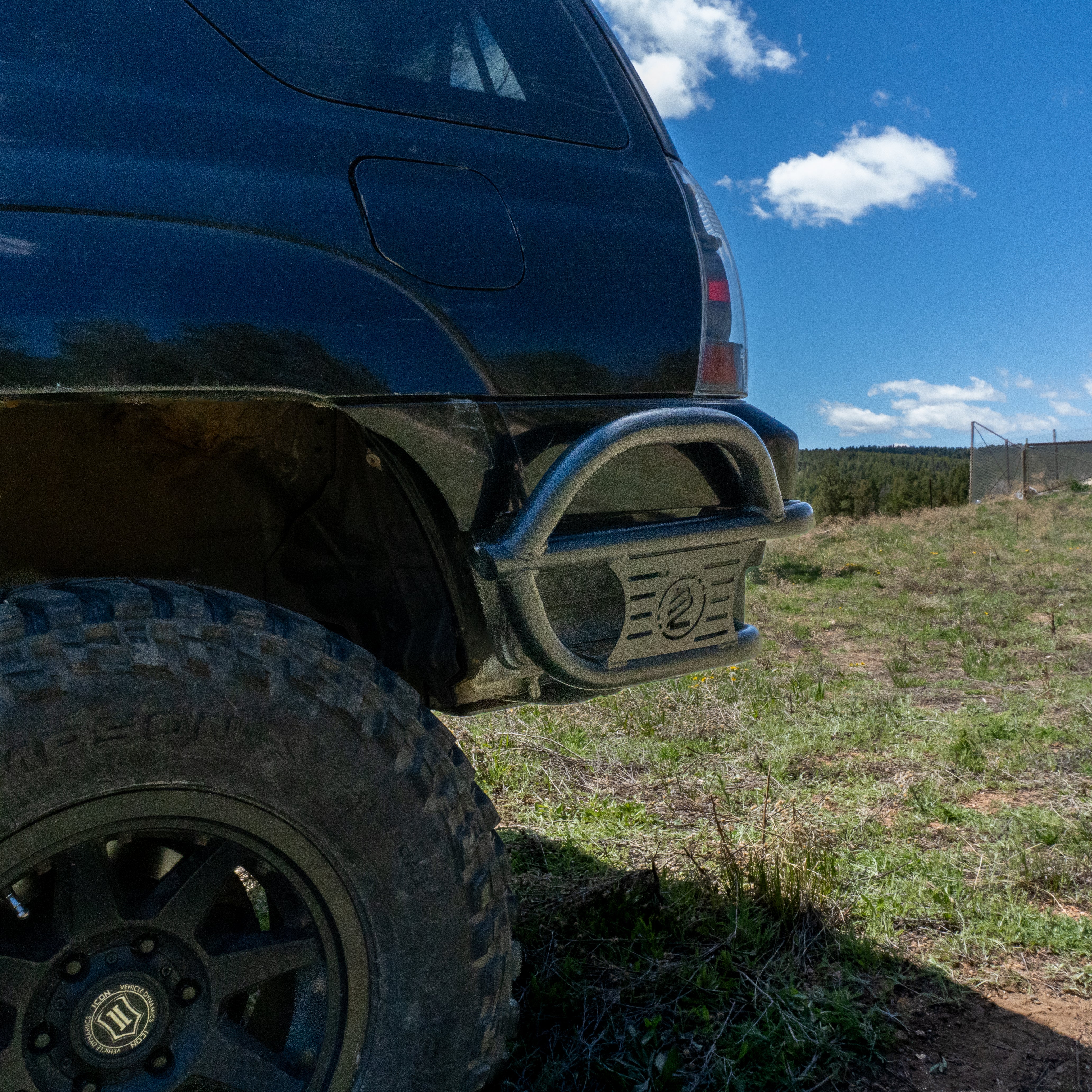
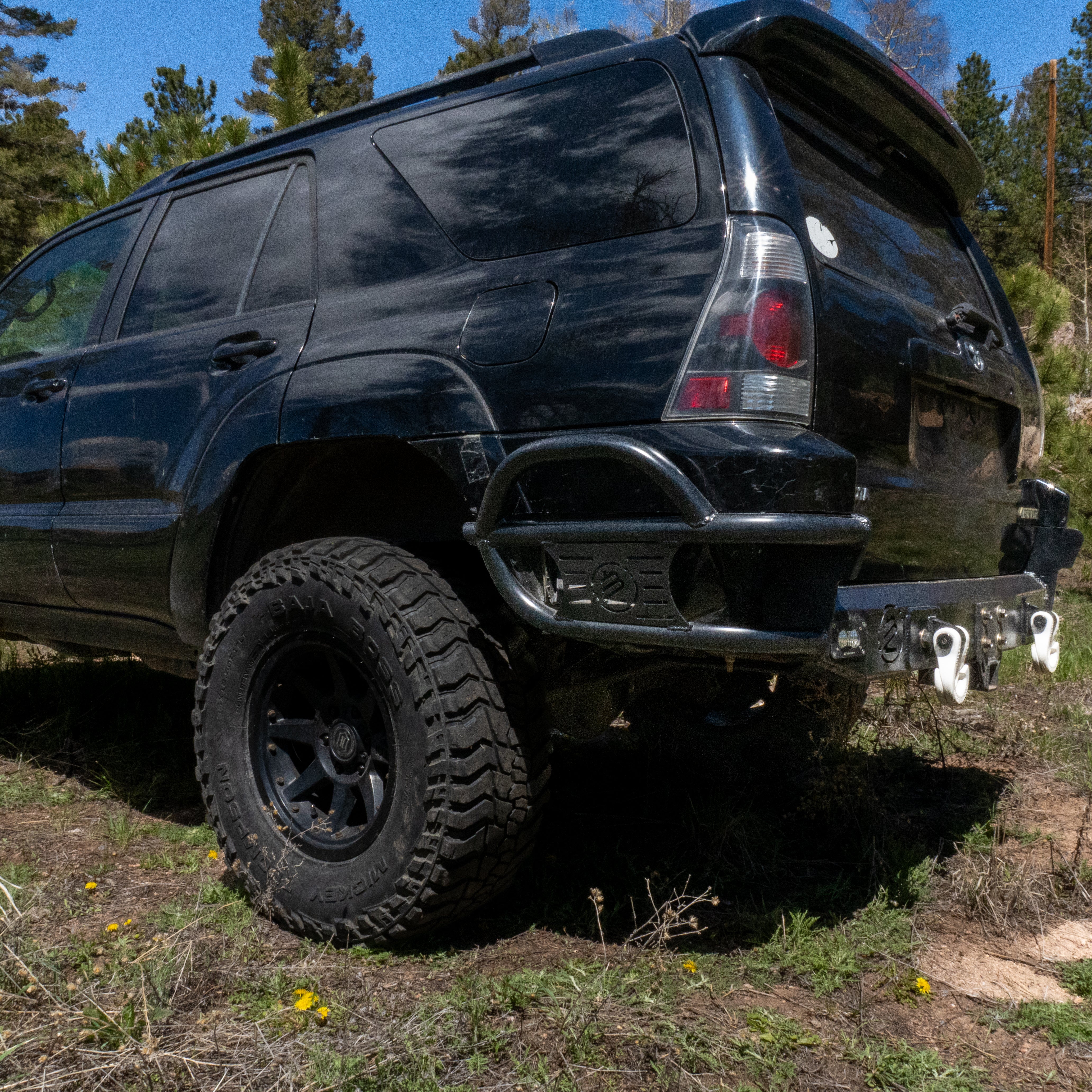
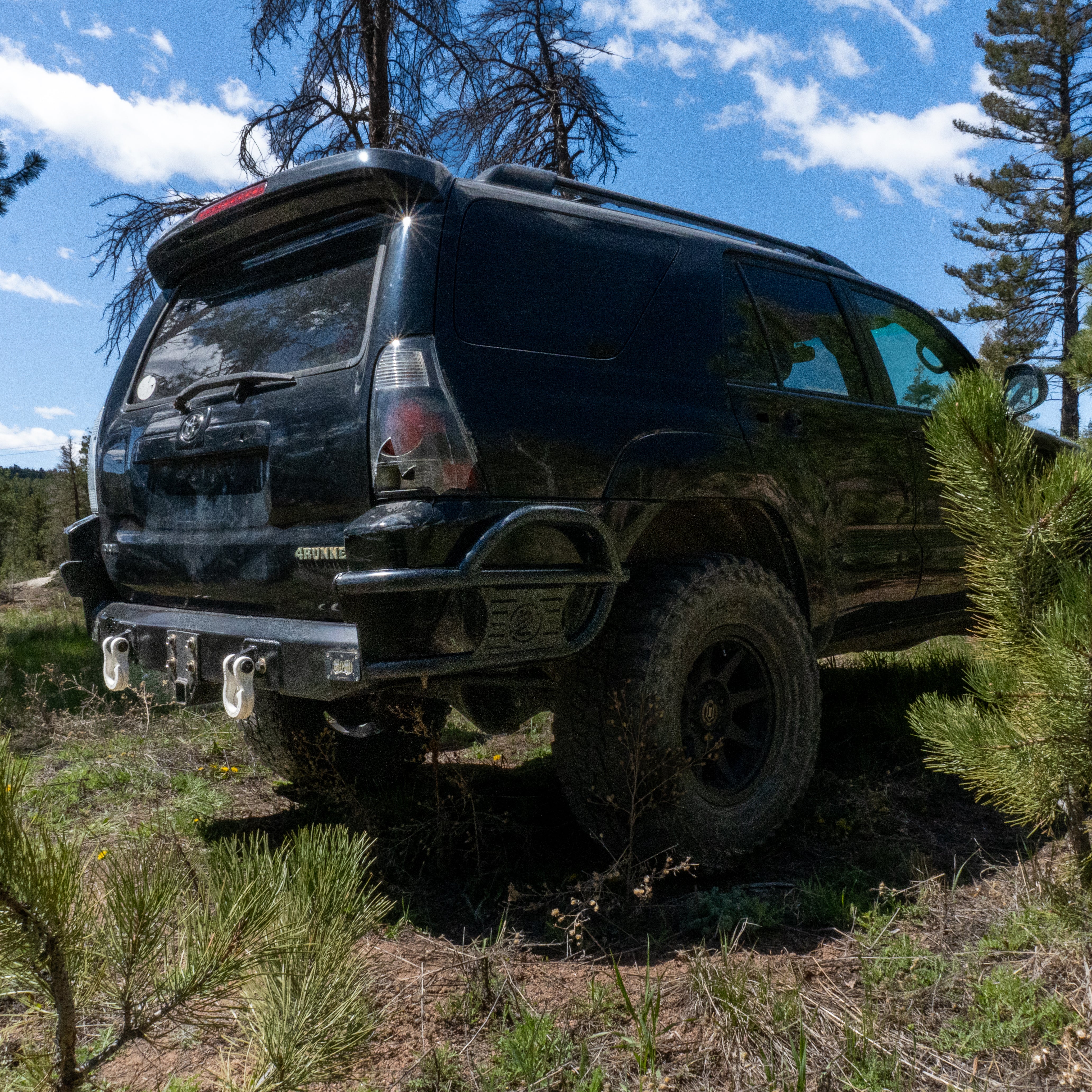
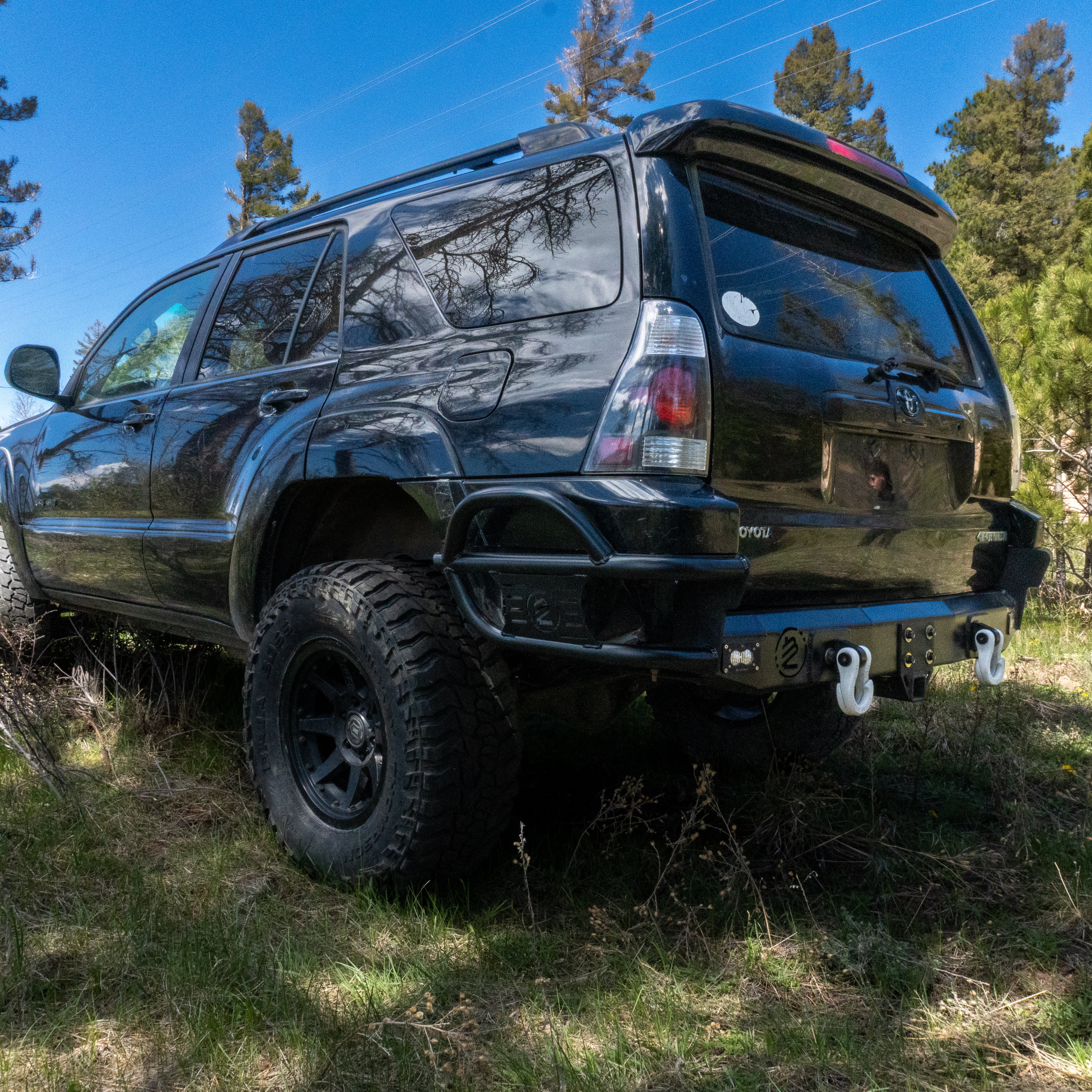
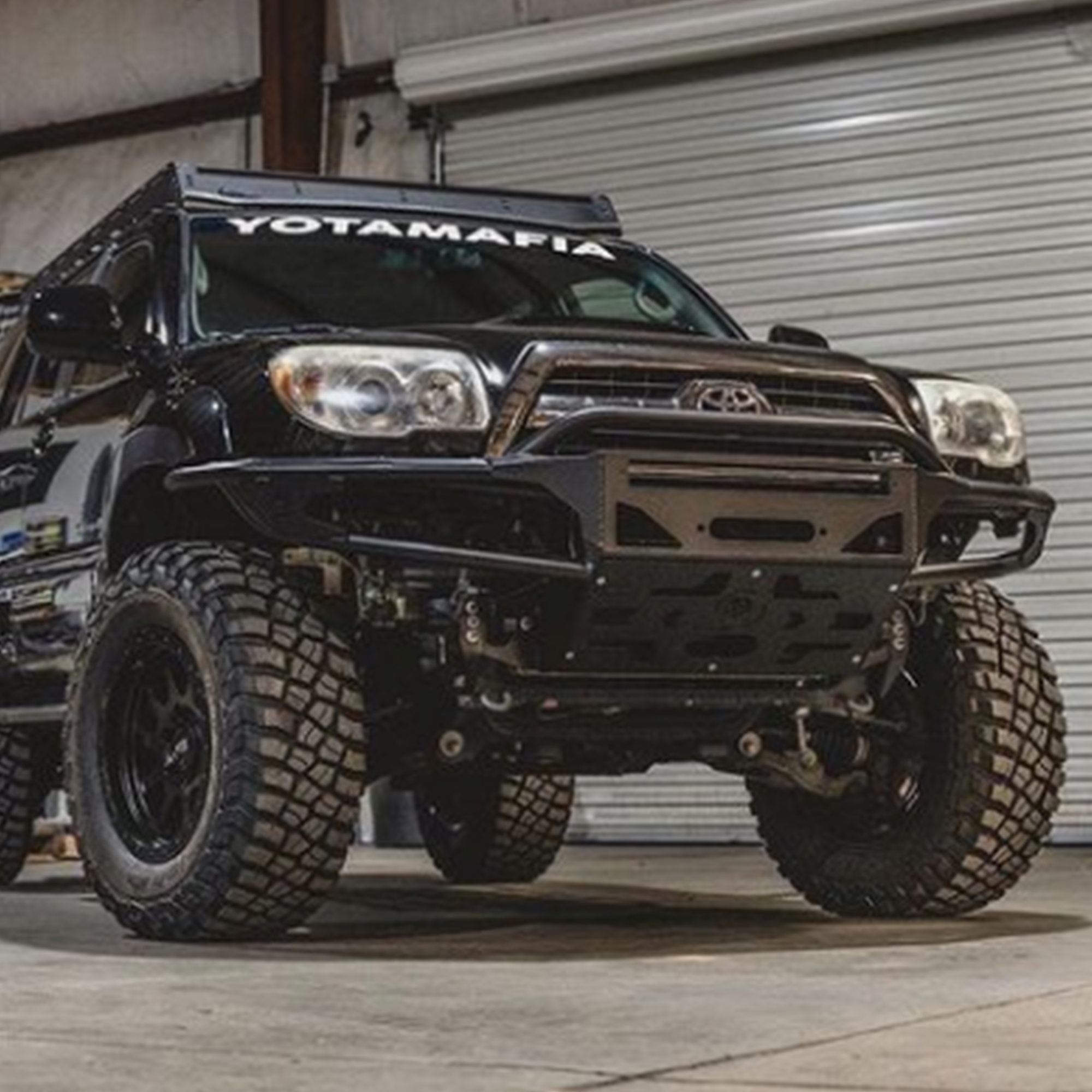
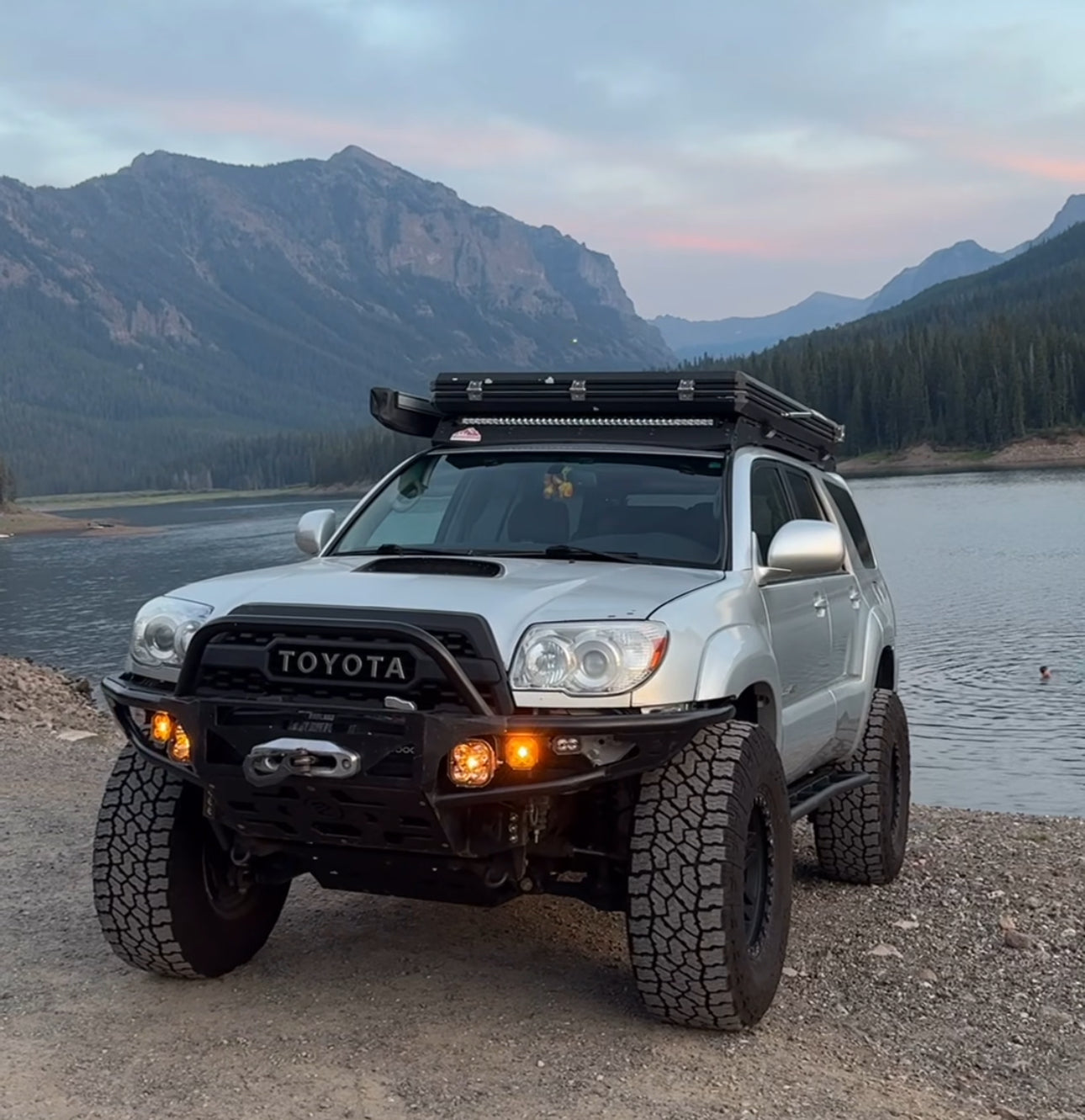
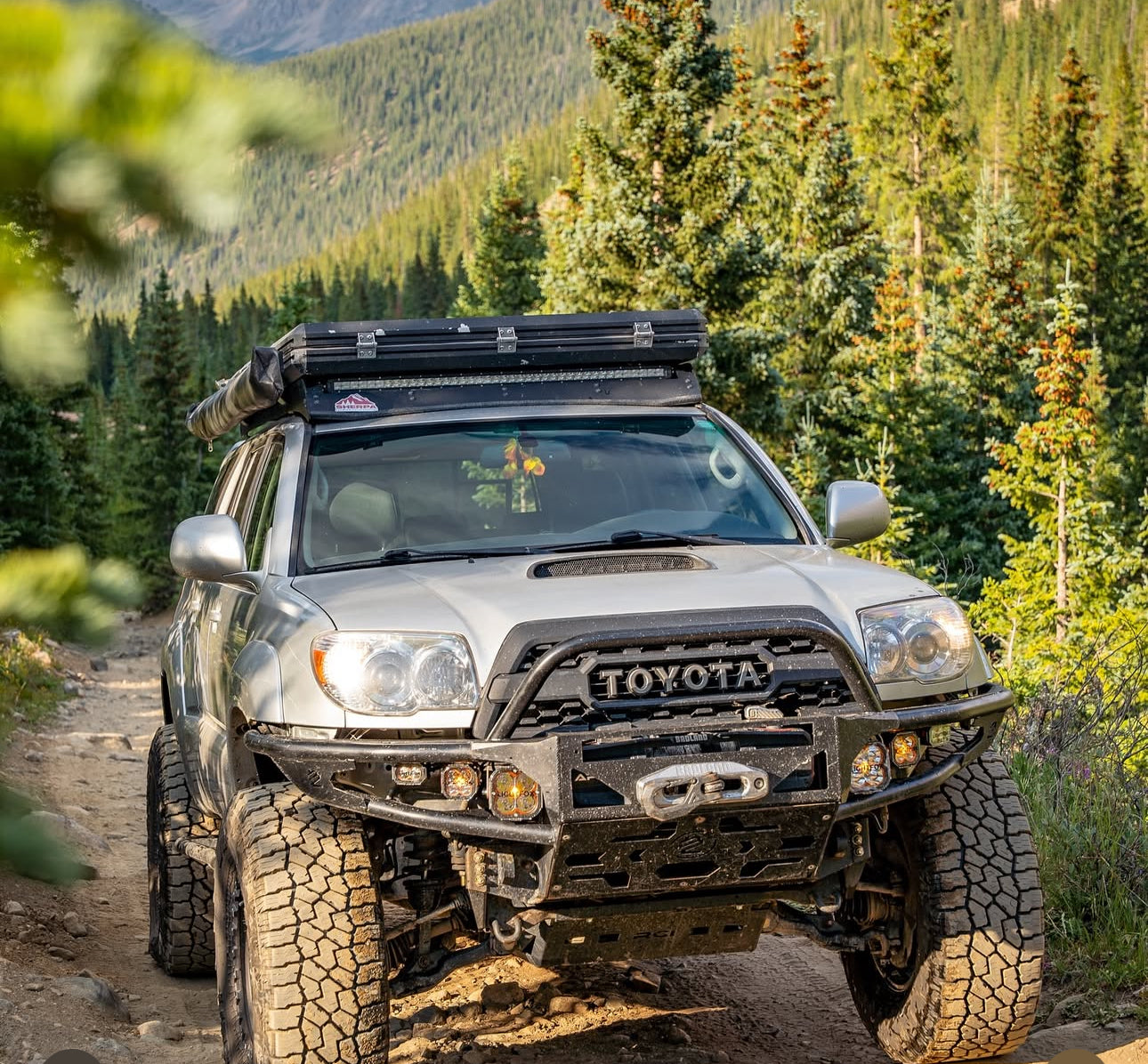
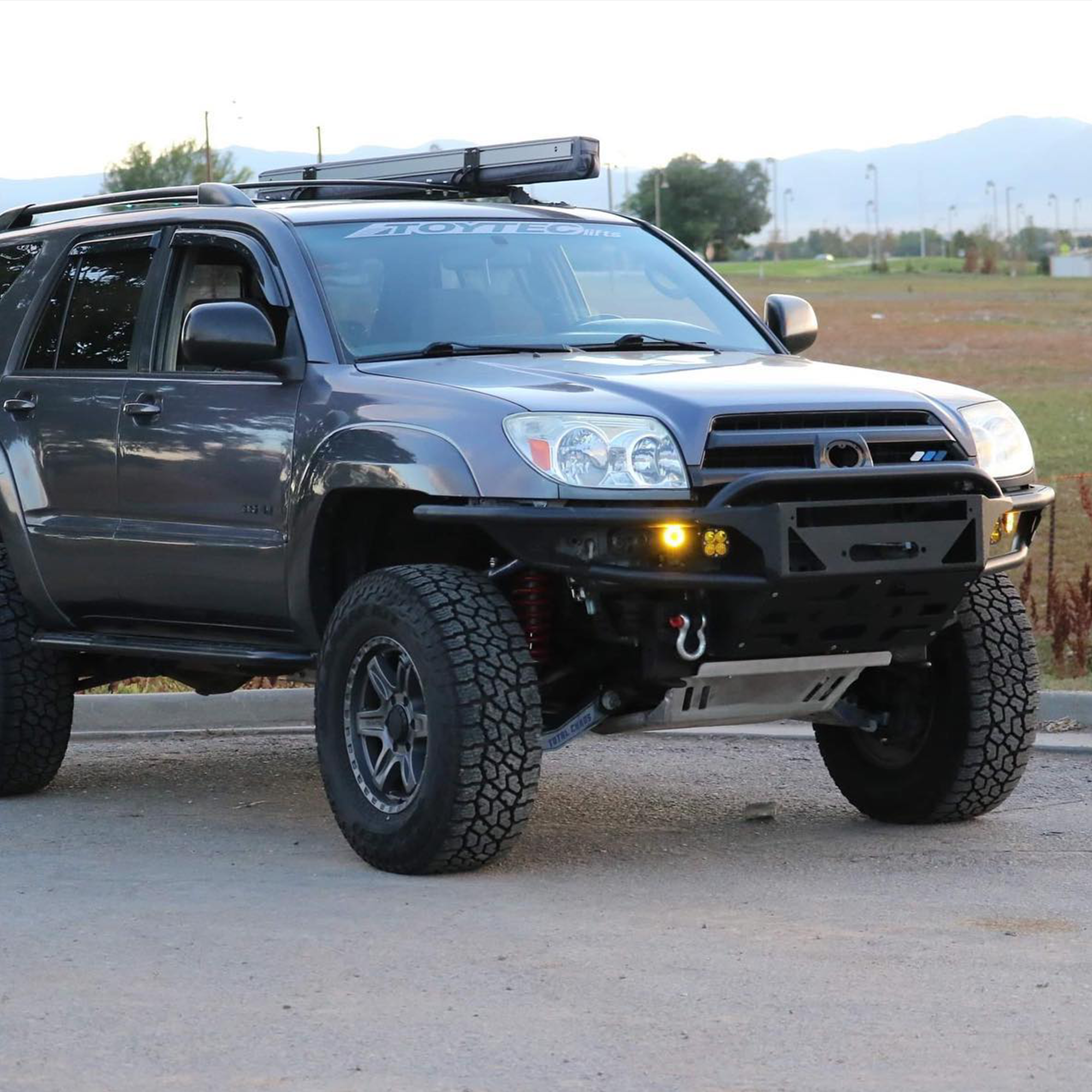
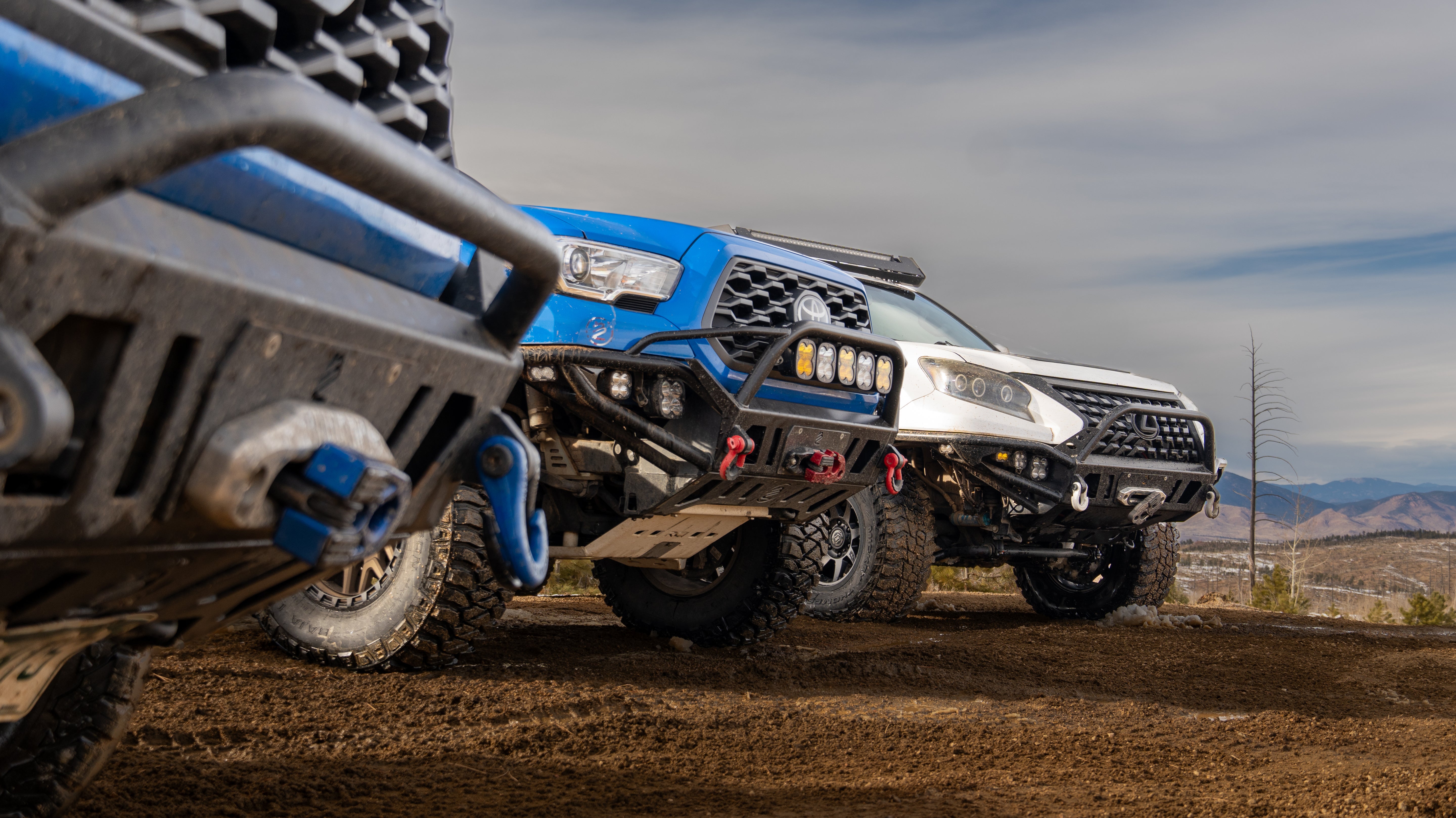
Share:
Top 7 Features to Look for in a Toyota Bumper Guard
Guide to Choosing the Best Toyota 4Runner Front Bumpers